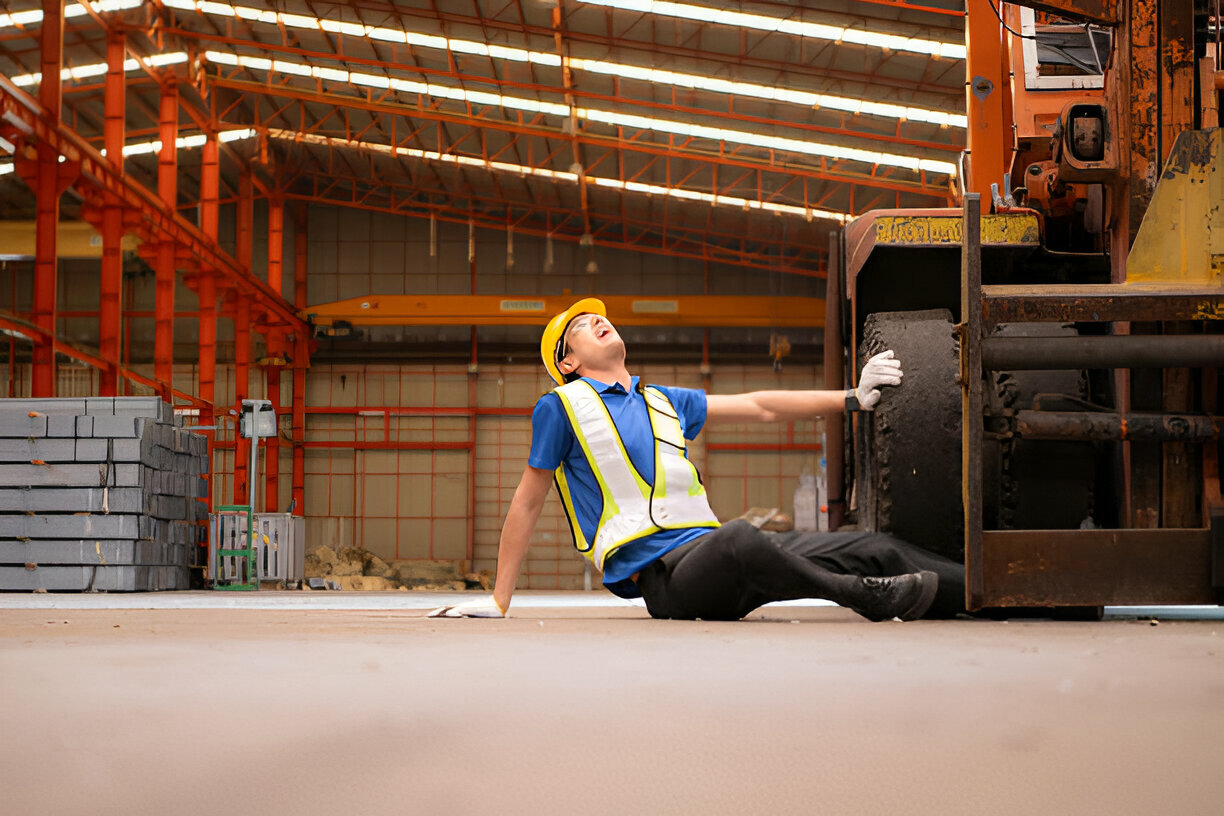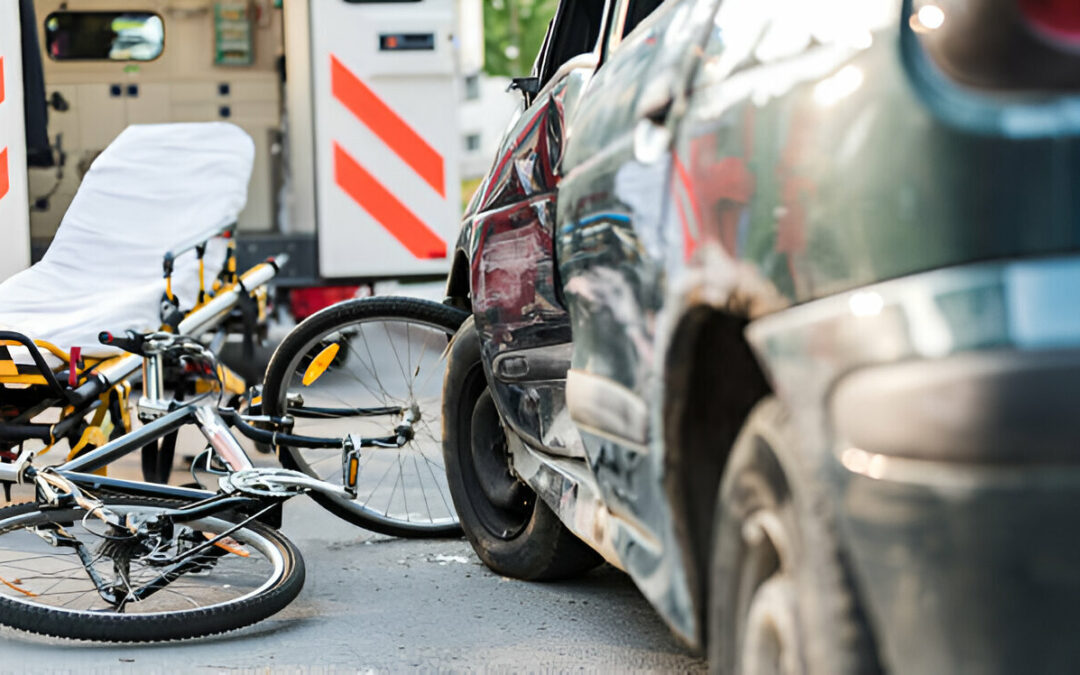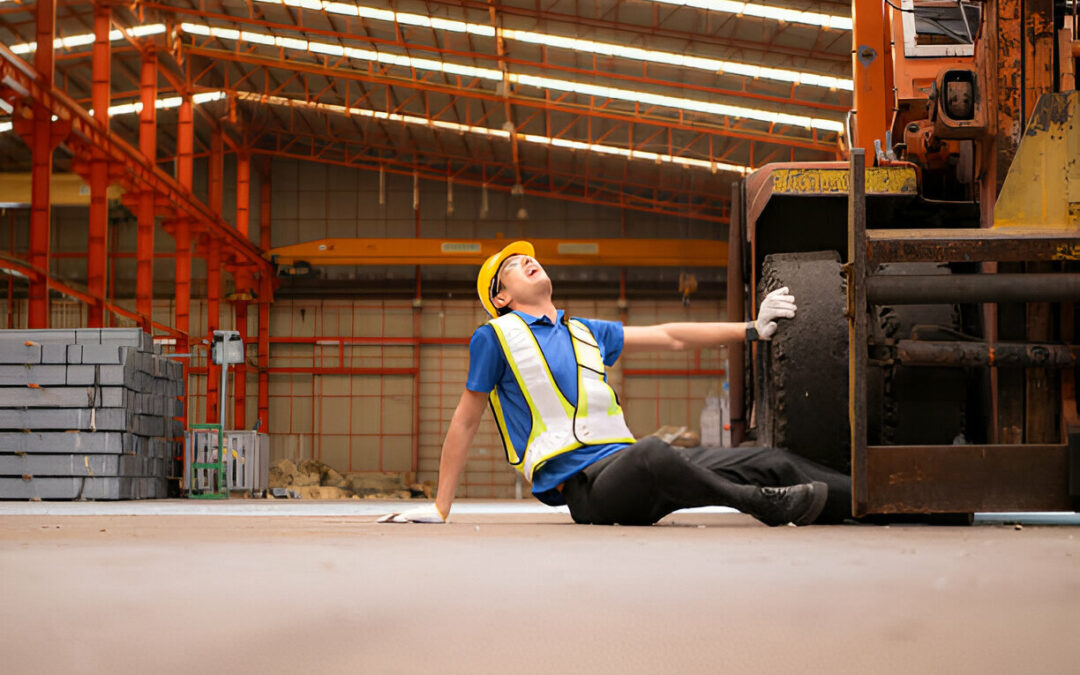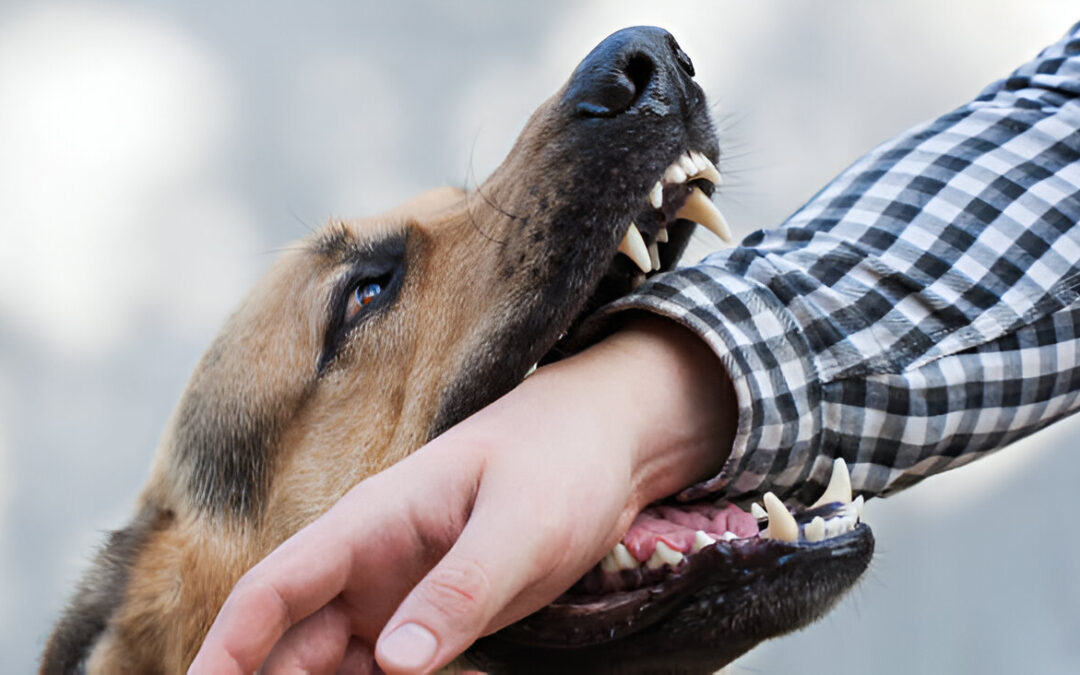From the construction zones in Miami to massive warehouses in Tampa, forklifts are part of daily operations across the state. But with their presence comes risk. Forklift accidents don’t just cause bruises or broken bones. They can lead to life-altering injuries, lost wages, and long-term medical treatment.
We’ve handled many of these cases as forklift accident lawyers, and what’s striking is how avoidable most of these incidents are.
Common Forklift Accidents in Florida Workplaces: What You Need to Know
You might think forklift accidents are mostly caused by reckless driving or a lack of training. But the reality is far more complex. Below are the most frequent and serious forklift incidents we see in Florida workplaces, along with the often-missed reasons behind them.
- Tip-Overs and Rollovers
This is one of the most catastrophic types of forklift accidents. A forklift tips over when it becomes unstable—usually from turning too fast, taking a ramp at the wrong angle, or carrying a load that’s too heavy or off-balance.
In Florida, where outdoor work is common, uneven ground is a frequent hazard. Wet or sandy surfaces can easily destabilize a forklift. One key issue? Many operators aren’t trained to stay in the cab during a rollover, which leads to crushing injuries when they try to jump out.
The center of gravity in a forklift shifts dramatically with a raised load. Unfortunately, many drivers raise the forks too high while moving, often to save time, not realizing they’re increasing the chance of a rollover.
- Collisions with Pedestrians
Forklifts often operate in tight environments—loading docks, warehouses, and shipping yards. When foot traffic and heavy machinery mix, accidents happen. But this isn’t just about the driver not paying attention.
In many cases, the workplace itself is poorly designed. There are no marked walkways, no mirrors at blind corners, and no consistent traffic rules. We’ve seen cases where forklifts struck workers walking behind shelving or exiting bathrooms—places they should’ve been safe.
The issue here is not just driver awareness; it’s about workplace flow and visibility. Pedestrian safety must be built into the physical space—not treated as an afterthought.
- Falling Loads
Forklifts carry heavy and often irregular loads. If those loads aren’t properly secured, or if the forks are tilted the wrong way, items can fall—sometimes directly onto people working nearby.
In many Florida warehouses, we see rushed loading procedures due to tight schedules. Workers are often pressured to prioritize speed over safety. Add in poor lighting or broken pallets, and the risk increases.
One of the most overlooked causes? Using the wrong type of forklift for the job. Not all forklifts are designed for tall or unstable items. Yet many employers cut corners and expect one model to do it all—putting everyone at risk.
How Equipment Failures and Overloading Put Forklift Operators at Risk
- Brake Failure Isn’t Just Bad Luck
In many forklift accident cases, the brakes failed because maintenance was overdue—or the issue had been reported and never fixed. In one case, a worker logged a report about slow brakes three days before the forklift rolled into a loading dock edge and tipped.
What to do:
- Forklifts should be inspected daily—not weekly.
- Employers must fix mechanical issues immediately and never allow “workarounds.”
- Document every maintenance report and follow up.
- Overloading Happens—Even When the Weight Looks Safe
A common misunderstanding is that forklifts can carry any heavy item as long as it “looks” manageable. But load weight ratings vary based on how high the forks are raised and the angle of movement. A 2,000-pound item might be fine on the ground but could become dangerous when lifted even a few feet.
In some Florida warehouses, we’ve found that improper signage on weight limits leads to confusion. In other cases, forklift attachments (like clamps or side shifters) weren’t factored into the load capacity.
What to do:
- Always account for attachments when calculating max load.
- Operators should double-check the load chart—every time.
- Post clear signage near loading zones to remind workers of weight limits.
The Impact of Training and Workplace Conditions on Forklift Safety
Training is often treated as a checkbox—especially in busy, high-turnover industries. But in our experience as forklift accident attorneys, poor training is the reason for many cases.
- One-Time Certification Isn’t Enough
OSHA requires formal training, but many companies stop after initial certification. In fast-paced Florida warehouses, refresher training is rare, especially when deadlines are tight. That leaves operators unprepared for unexpected conditions—like rain-slicked loading docks or crowded holiday shifts.
What to do:
- Require hands-on retraining at least once a year.
- Hold toolbox talks when new hazards or seasonal changes occur (like storms, holiday rush, etc.).
- Don’t rely on online-only modules—real safety requires real practice.
- Poor Lighting and Cluttered Workspaces Increase Risk
Forklift drivers can’t avoid what they can’t see. Florida’s weather means many sites rely on temporary structures or outdoor lighting, which isn’t always consistent. Add in narrow aisles, wet floors, or blocked exits, and it’s a recipe for disaster.
What to do:
- Improve lighting in all forklift operating zones.
- Create and enforce housekeeping rules to keep paths clear.
- Conduct regular walkthroughs to check for environmental hazards.
Key Steps to Take Right After a Forklift Accident in Florida
If you’re involved in a forklift accident—whether you’re the operator, a pedestrian, or a co-worker—it’s critical to take the right steps immediately. These steps can protect your safety, your life, and your case if you decide to pursue one.
Get Immediate Medical Attention
Even if the injury doesn’t seem serious, get checked out by a medical professional. Internal injuries or soft tissue damage may not show symptoms right away.
Delaying care can not only put your health at risk—it can also hurt your case if you decide to file a claim later.
Notify Your Supervisor or Employer
Reporting the accident creates an official record. Don’t assume someone else will do it. Report it in writing if possible, and include as many details as you can: location, time, witnesses, and any known causes.
Take Photos and Record Details of the Accident Scene
If you’re able, use your phone to take pictures of:
- The forklift itself
- The load involved
- Any injuries or damage
- Conditions like poor lighting, clutter, or surface hazards
Visual evidence is powerful. It can prove things that get cleaned up or changed after the fact.
Gather Statements from Anyone Who Saw the Incident
Ask witnesses what they saw and if they’re willing to write a short statement. Get their full names and contact info. This helps preserve details while memories are fresh—and strengthens your case if there’s a dispute.
Speak with a Florida Forklift Accident Attorney
Forklift accidents can involve multiple liable parties—the employer, a third-party contractor, or even the forklift manufacturer. A qualified forklift accident lawyer can help you figure out who’s responsible and how to pursue compensation.
At Pacin Levine, P.A., we’ve handled countless forklift accident claims across Florida. We know how to investigate the scene, secure evidence, and negotiate with insurers who are looking to pay out as little as possible.
If you or someone you love has been hurt in a forklift accident, don’t wait. Call Pacin Levine today at 1-800-24-7-CRASH (2727) for a free consultation. We’ll review your case, explain your options clearly, and fight to get you the compensation you deserve.












